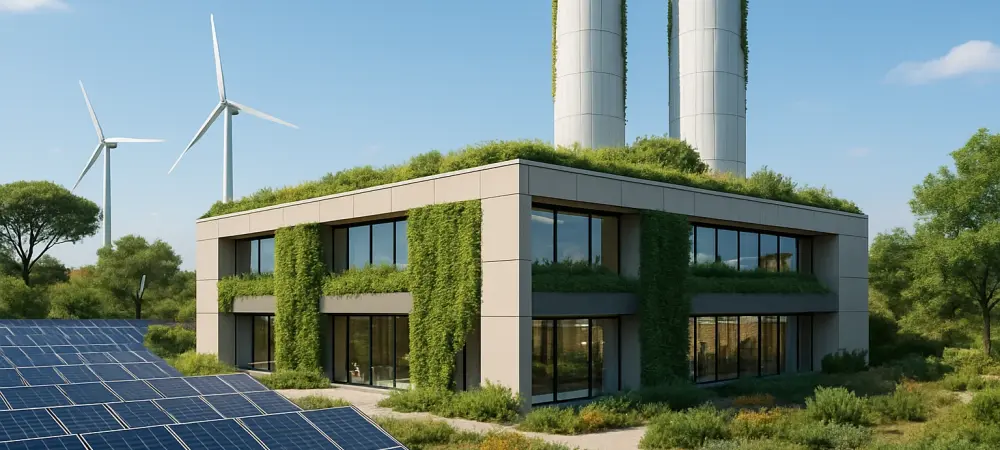I’m thrilled to sit down with Dominic Jainy, a seasoned IT professional whose deep expertise in artificial intelligence, machine learning, and blockchain offers a unique perspective on cutting-edge technology applications. Today, we’re diving into the world of data center infrastructure, focusing on a major development in Portugal. Our conversation explores the strategic funding behind a new data center campus, the significance of its location, sustainability efforts, and the broader impact on the regional market. Let’s get started with Dominic’s insights on this transformative project.
Can you walk us through the recent funding milestone for the data center project in Portugal and what it means for the development?
Absolutely. The project secured $292 million in sustainability-linked funding, which is a significant step forward. This funding, supported by major financial institutions, is tied to strict requirements like energy efficiency and a commitment to 100% renewable energy usage. It’s a seven-year term bond that’s fueling the construction of two data centers in Lisbon, with costs allocated at $72 million for the first and $219 million for the second. This financial backing not only accelerates the build-out but also aligns the project with broader environmental goals, setting a strong foundation for sustainable growth in the region.
How does the sustainability aspect of this funding shape the approach to building these data centers?
Sustainability is at the core of this initiative. The funding mandates that we prioritize energy efficiency and rely entirely on renewable energy sources for the Lisbon campus. This means integrating advanced cooling technologies, optimizing power usage, and sourcing energy from wind or solar providers. It’s about striking a balance between expanding critical digital infrastructure and minimizing environmental impact. We’re also mindful of European regulations like the Green Deal, which push for data centers to be classified as sustainable investments if they meet specific efficiency criteria. It’s a challenging but achievable goal that guides our design and operational strategies.
What makes Lisbon such a strategic choice for this data center campus?
Lisbon is a connectivity goldmine. Its geographic position makes it a gateway for data traffic between Europe, Africa, the Middle East, and the Americas. A key factor is its proximity to the Carcavelos submarine cable landing station, which ensures low-latency connections for customers. Beyond that, the Iberian Peninsula offers untapped potential for digital infrastructure growth, with increasing demand for cloud services and data storage. Choosing Lisbon positions the campus as a critical hub for businesses looking to scale operations across multiple continents.
Can you tell us more about the specifics of the data centers being built in Lisbon and how they fit into the larger plan?
Sure. The campus includes two data centers currently under development as part of a three-phase plan to deliver a total of 30 MW of capacity. The first, costing $72 million, just launched recently and is already channeling capacity to customers, with full service expected by year-end. The second, a $219 million investment, is in the master planning stage and slated to come online in 2028. Together, they form the backbone of a scalable infrastructure designed to meet growing demand. We’ve also acquired land for a third facility, though development timelines are still being finalized. Each phase builds on the last, ensuring we can adapt to market needs over time.
How do you see this project influencing the data center market in Portugal over the next few years?
The impact could be transformative. Portugal’s data center market is already valued at nearly a billion dollars and is projected to triple to $3 billion by 2030. This investment, totaling over $578 million in the coming years, injects significant capital and capacity into the ecosystem. With the country currently hosting 12 facilities and future projects expected to add over 385 MW by 2029, our campus will play a key role in meeting that demand. It’s not just about adding megawatts; it’s about enabling digital transformation for businesses and positioning Portugal as a competitive player in the European data center landscape.
What’s your forecast for the future of data center development in regions like the Iberian Peninsula?
I’m very optimistic about the trajectory. The Iberian Peninsula, with hubs like Lisbon, is poised for explosive growth due to its strategic location and increasing connectivity through submarine cables. As demand for cloud computing, AI, and edge services skyrockets, we’ll see more investments in data infrastructure here. Sustainability will remain a key driver, with operators like us pushing for renewable energy and efficient designs to meet both market and regulatory demands. Over the next decade, I expect this region to become a cornerstone of Europe’s digital economy, bridging continents and powering innovation on a global scale.

